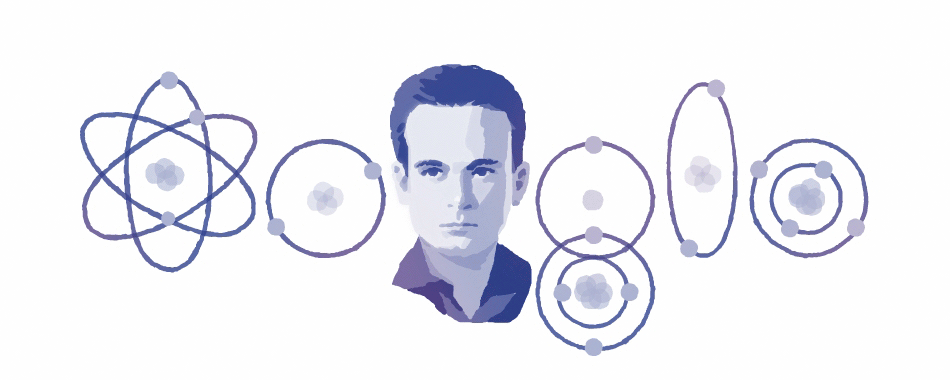News
Ellie Abraham
Jul 11, 2024

Google Doodle
Today’s Google Doodle is celebrating the life and achievements of Brazilian physicist César Lattes on his 100th birth anniversary.
Over the years, Google Doodles have become a fun way for the search engine to highlight the achievements of people who have contributed greatness to the world, some of whom may not be widely known.
Today is the turn of Brazilian physicist and professor César Lattes who was the first person to discover the existence of the “pion” or “pi meson” – a subatomic particle that is 270 times heavier than an electron. He is widely credited for increasing our understanding of nuclear forces
Google’s animated doodle is an illustration of the physicist surrounded by moving atoms, and it marks the day he was born, on 11 July 1924.
On this day 100 years ago, Lattes was born in Curitiba, Brazil. When he grew older, he studied at the University of São Paulo and graduated in 1943 – he was the only person to study physics as his main subject.
Later, in his early twenties, Lattes became interested in studying cosmic rays, which are essentially high-energy particles from space.
He theorised that by adding boron to photographic plates, he would be able to see more clearly the particles breaking down. Lattes was proved correct and his theory worked so well that he was able to see each individual proton.
A researcher used photographic plates modified by Lattes to view cosmic rays on top of a mountain and saw pions for the first time in tracks left by the breaking down protons.
Pions are smaller than an atom, and Lattes’ research into them won him and his research team a Nobel Prize in Physics.
Following his success, Lattes became a professor at University of São Paulo before later teaching at the State University of Campinas.
Lattes also campaigned for the government to spend money on science and innovation, which ultimately led to the formation of a physics research institute called the CBPF, where Lattes was the scientific director
He went on to mentor students from around the world studying in similar fields and received multiple awards for his work in advancing knowledge in nuclear forces and particle physics. He won an Einstein Award from the Brazilian Academy of Sciences and an Order of Merit from Brazil and Italy.
How to join the indy100's free WhatsApp channel
Sign up to our free indy100 weekly newsletter
Have your say in our news democracy. Click the upvote icon at the top of the page to help raise this article through the indy100 rankings.
Top 100
The Conversation (0)













